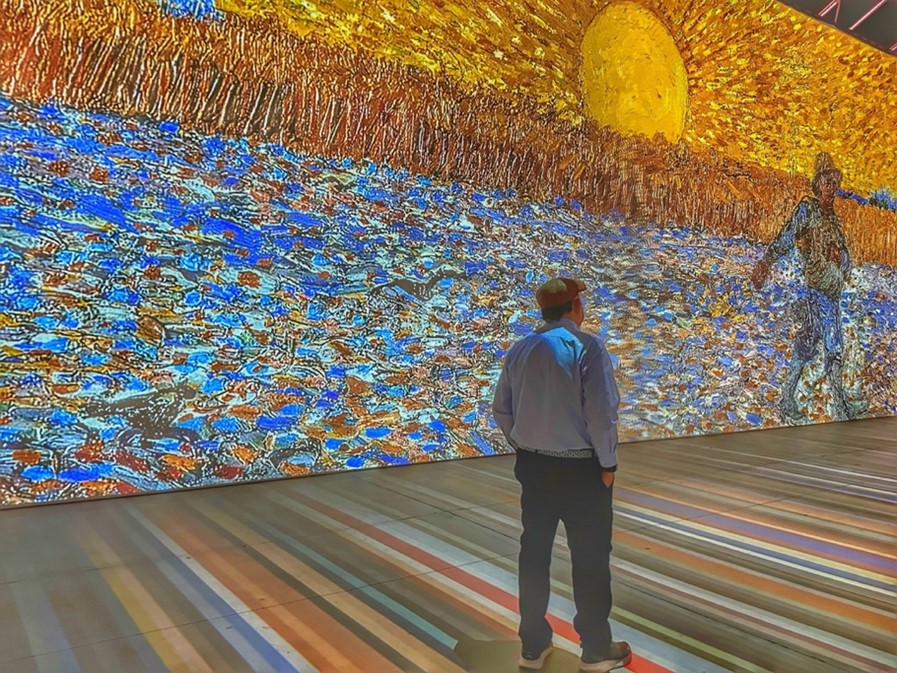View the study sheet here.

It is hard to imagine a world in which one did not constantly encounter images created by Vincent Van Gogh. Today one does not need to make an effort to go to a museum to see them. They are on napkins, umbrellas, scarves, tote bags, iPhone cases…and more. Yet, during his lifetime few people turned aside to gaze upon them. Out of the more than 850 paintings he created, Van Gogh sold only one while he was alive. He produced on canvass a world that looked different than the way most people saw it. To have embraced his vision would have required a turning away from the familiar and the norm.
In Torah, dislocation, crossing over, and turning aside become disruptively creative acts which bring the protagonists into contact both with God and with a deeper experience of themselves and their purpose in life.
Moses is such a central character in that regard. He has been dislocated twice: once by his biological family and once by his adoptive family. He longs not just for identity but for purpose (he is, after all, by upbringing a prince, one raised to lead and not merely follow). The burning bush gives him both. There he learns for the first time that he is a Hebrew. And he is given a mission. He both gains a new perspective and embraces a new course for his life.
We might like to imagine that were we presented with such an extraordinary phenomenon, we too would turn off the path we had been on. Yet, to turn aside and change course is hard, and can be costly. It can involve not only the embrace of something new but also the letting go of something old and familiar.
The Hebrew word used to describe Moses’ turning aside is sur. Its nuance indicates that the turning involves a defection. The same word is used in 2 Kings 11:6 to identify one of the gates of Jerusalem. Specifically, when the High Priest Jehoiada plotted to overthrow Athaliah by installing young prince Joash on the throne, he instructed one third of the available Karites and guards to stay posted at the Gate Sur, and keep watch over the Temple.
Van Gogh left behind a visual legacy of a new way of seeing, experiencing and living in the world. It is one that is filled with creative turbulence, radiant light, and irrepressible color. His original path, which he had to turn away from, that of the ministry, finds new purpose through his art. On his canvasses spiritual transcendence is found in the everyday, in the readily accessible. It is a matter of seeing them differently.
There is a burning bush always there, for each of us. To see it requires us to turn aside. When we do, we are on holy ground. And a new journey begins.
Join us as we explore turning aside.








